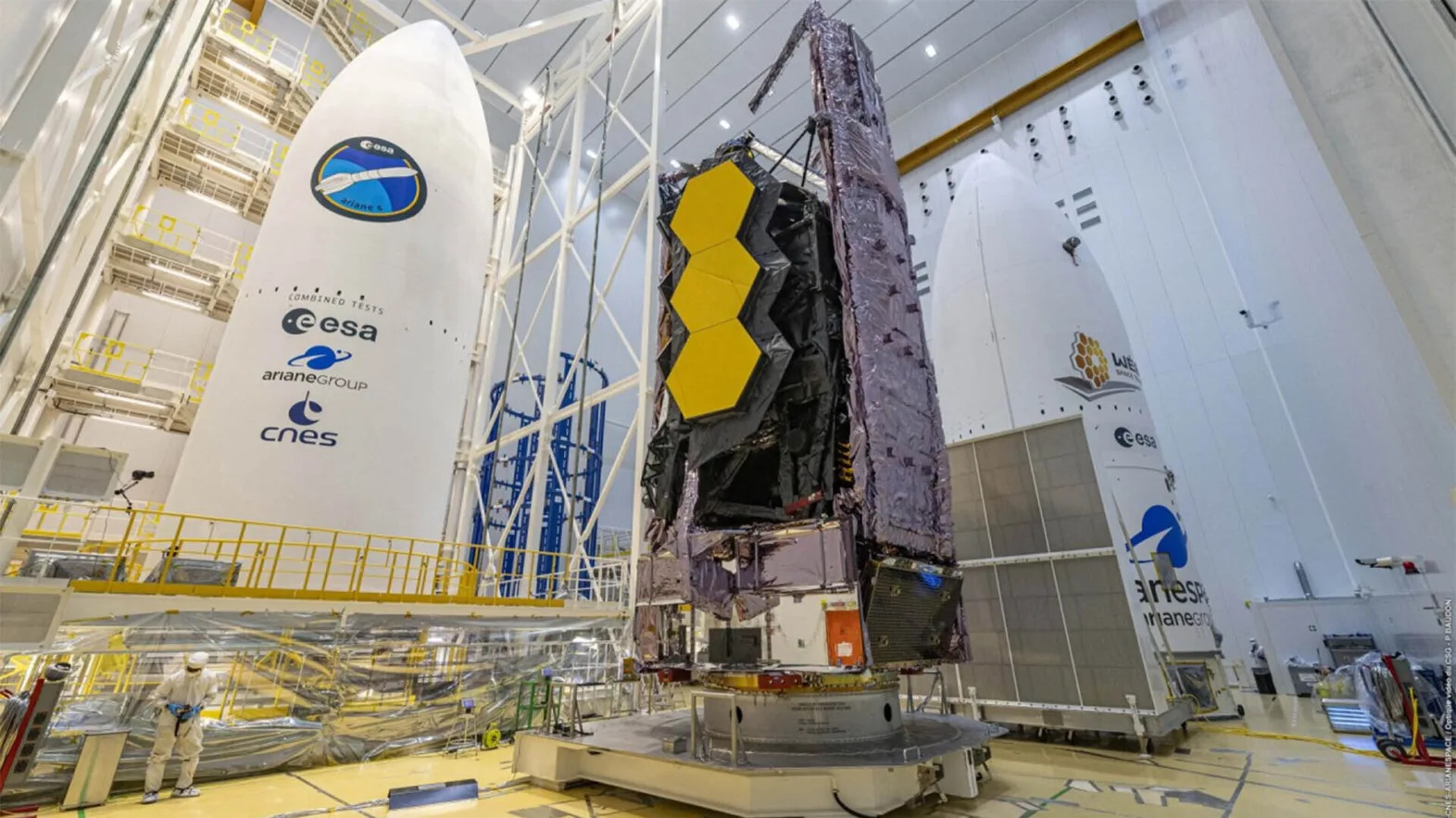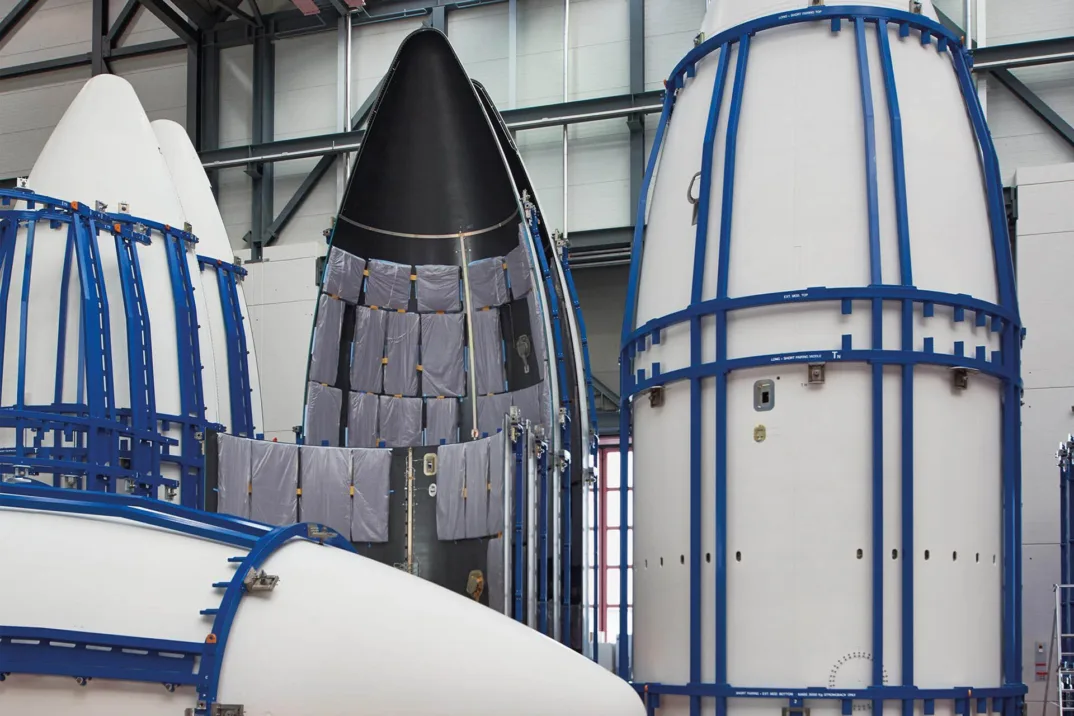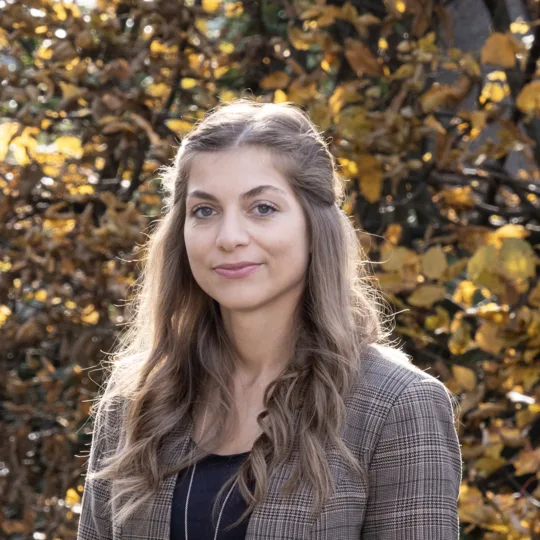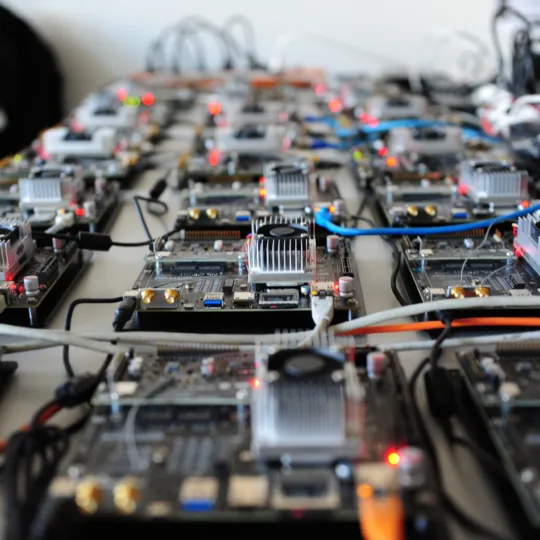Farewell Ariane 5! The end of an era for European space transportation
Ariane 5, the best performing European launcher of our time, completed its final mission – lifting two satellites into orbit – on 5 July 2023. In its 27 years of operation, the Ariane rocket has carried out 117 launches.

DThe Ariane project was launched in 1973 as a research and development programme for a European launcher, to provide Europe with the means to put its satellites into orbit without depending on other space-faring nations. The framework for the production of Ariane was created in parallel with the founding of the European Space Agency (ESA) in 1975. Technological advances in successive generations of the Ariane launcher family (Ariane 1 to Ariane 4) enabled the development of Ariane 5 to be launched in the 1980s, initially with a view to developing a European manned spaceflight programme.
The importance of Ariane 5 for Europe
As a symbol of Europe's technological and industrial capabilities, Ariane 5 has been at the heart of the continent’s autonomous access to space and has enabled Europe to assert its position as a space power. Space is a strategic sector for Europe, with numerous benefits for the economy as a whole. Access to space is a key factor and an indispensable element in the space sector's overall value chain. Ariane 5's reliability and flexibility in launching satellites into many different orbits have been a key technological advantage over other launchers. It was also a success in terms of collaboration between European countries and industry, including for Switzerland.
No Ariane launch without Swiss contributions
Switzerland has been involved in European launcher programmes, including the Ariane programme, from the very beginning. In fact, a key element of its space policy is that Europe and Switzerland have autonomous access to space. As with previous versions, Switzerland's contribution to Ariane 5 concerned specific recurring parts, but focused in particular on the payload fairing. The fairing is placed at the top of the launcher and protects the satellites on the launch pad and during the first few minutes of the launch when they pass through the atmosphere. Mastering this technology required considerable engineering know-how and experience gained in other fields.
The company Contraves has been developing Ariane fairings since the first flight in 1979, and has equipped every Ariane launch vehicle ever since. Contraves subsequently became Oerlikon-Contraves, which was later acquired by RUAG. Today, Beyond Gravity (formerly RUAG Space Switzerland) produces the fairings in an efficient production process, not only for Ariane 6, but also for the small European launcher, Vega, and for the American launchers Atlas and Vulcan. Throughout the history of launchers in Europe, the Swiss fairing has never failed.
The launcher's versatility
One of Ariane 5's strengths was its versatility, illustrated by the wide variety of missions launched: on a standard mission, Ariane 5 could carry two massive telecommunications satellites into geostationary orbit. These satellites remain above the same point relative to the Earth and are used to transmit television channels and the internet. The heaviest satellites launched by Ariane 5 were five ATVs (Automated Transfer Vehicles) about the size of a small bus and weighing around 20 tonnes. They were used to resupply the International Space Station ISS and were the largest and most sophisticated spacecraft ever built in Europe.
Some missions have been used to set up space infrastructures, such as the Galileo satellites for the positioning system deployed by the EU with the support of ESA. Ariane 5 has also been used to launch exceptional scientific satellites, such as the James Webb Space Telescope and probes to explore the solar system, such as Rosetta, BepiColombo and JUICE. These and many other scientific missions are advancing knowledge in a variety of fields and are of particular importance to Swiss research and industry.

Evolution of the Ariane launcher family
Ariane 5 has set the standard for versatility and reliability in Europe and has literally taken European space transportation to a whole new level. The main reason why Ariane 5 was withdrawn from service was its cost of production, which – due to increasing competition worldwide – rendered it no longer competitive on the commercial market. Drawing on its experience and achievements in developing future launchers to meet market needs, Europe decided to develop its successor – Ariane 6.
The new launcher is currently in the final stages of development and is due to make its first launch in 2024. Ariane 6 has a new upper stage and two possible configurations – with two or four boosters – and will therefore be even more versatile and powerful, capable of conquering the growing market for satellite constellations. It will also be the benchmark launcher for new ambitious projects in space exploration.
Switzerland's participation in the Ariane programme bears witness to its political commitment and its ongoing, reliable collaboration to ensure that Europe has independent access to space. Its participation in the launcher programme also ensures a return to the national stage by consolidating the skills of Swiss players in cutting-edge technologies.
Contact
Author



